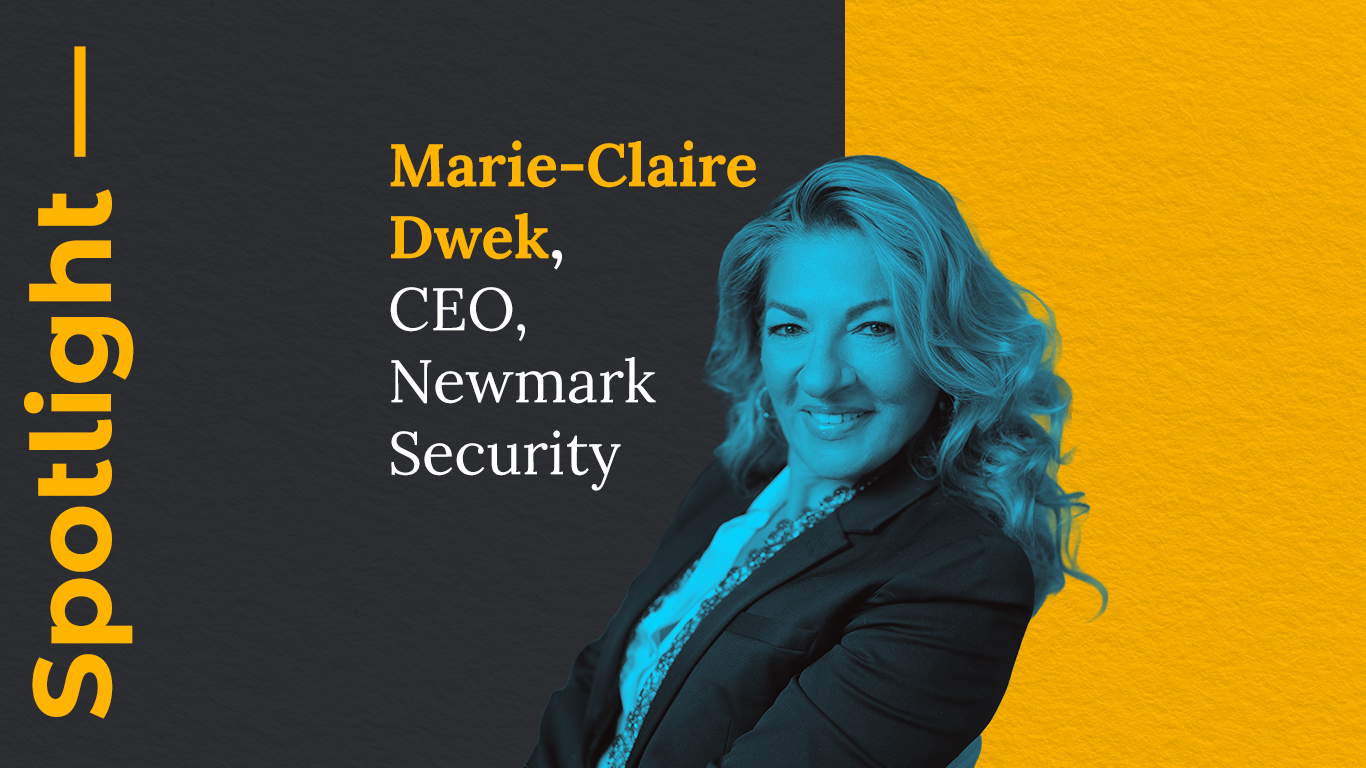Artificial intelligence (AI) continues to attract the lion’s share of venture capital attention — and funding — but a new report from Silicon Valley Bank (SVB) paints a more sobering picture of the broader startup ecosystem. According to the bank’s latest State of Enterprise Software report, the disproportionate focus on AI is intensifying a structural divide in the market, where startups outside the AI spotlight are increasingly left struggling to secure capital.
SVB, now owned by First Citizens Bank following its high-profile collapse in 2023, warns of the growing prevalence of so-called ‘zombiecorns’ — startups that have raised large sums of venture funding, yet lack the sustainable growth, commercial viability or business fundamentals to match.
In 2023, AI-focused funds accounted for 40% of all venture capital (VC) raised in the United States, a remarkable jump from 10% in 2021. In enterprise software alone, AI startups claimed 45% of the funding, more than quadrupling from the 9% seen the previous year. A large portion of this surge was driven by outsized financing rounds — deals of $100 million or more — with the likes of OpenAI and Anthropic capturing nearly half of the total funding in the category.
The enthusiasm around these large-scale AI deals is reshaping venture capital in stark ways. Strip away AI, the report says, and funding levels across the rest of the startup landscape remain largely stagnant. “There is no meaningful uptick for companies not leveraging AI,” SVB noted, “with investment from this group essentially flat for the last year.”
The wider market is still recovering from difficult macroeconomic conditions. Investor appetite remains restrained after a turbulent period marked by high inflation and rising interest rates that began in late 2021. While some green shoots have appeared — such as fintech platform eToro’s Nasdaq debut and the anticipated IPO of digital health company Hinge Health — these milestones are exceptions in a market where exits remain rare, outside of AI.
AI infrastructure firms, on the other hand, continue to command unprecedented growth. CoreWeave, a specialist in GPU cloud infrastructure powering generative AI, posted a 420% revenue jump in its first earnings report as a public company, with its share price rising by 56% in a single week. But such runaway successes are scarce and heavily concentrated in the AI segment.
Many AI giants, including OpenAI, Anthropic, Perplexity and Scale AI, carry multi-billion-dollar valuations yet have no immediate plans to list publicly. Despite raising huge rounds — OpenAI secured a reported $10 billion from Microsoft earlier this year — they remain dependent on vast infrastructure investments, often with little to no short-term revenue. As a result, venture firms are finding it harder to achieve exits, which in turn is pinching funds available for early-stage and non-AI ventures.
This asymmetry has contributed to a worrying rise in ‘zombiecorns’ — a term coined by SVB to describe well-funded startups that appear successful on paper, but in reality lack sustainable growth, product-market fit, or viable economics.
“Many run the risk of ending up in no man’s land,” the report warns.
Tom Glason, CEO and co-founder of ScaleWise, says the findings underscore a growing risk within the AI investment wave. “The SVB report highlights a harsh truth: the AI boom has fuelled a wave of overfunded startups that look healthy on the surface, but are commercially hollow underneath,” he said. “These so-called ‘zombiecorns’ raise huge rounds but fail to build sustainable revenue or viable unit economics.”
Glason warns that too many founders are equating large funding rounds with product-market fit — a dangerous assumption in a market increasingly defined by capital discipline. “The gap is widening between well-funded AI startups and those actually ready to scale,” he added. “In today’s market, growth alone isn’t enough. Without a clear ideal customer profile, repeatable sales motion, and structured execution, even the most hyped AI company risks becoming a cautionary tale.”
Meanwhile, broader political and economic trends are adding more uncertainty. Hopes that a second term for Donald Trump would bring pro-business reforms like tax cuts and deregulation were recently dampened by his announcement of steep new tariffs. Bloomberg reports several firms are already reconsidering or delaying planned IPOs amid the policy uncertainty.
SVB concludes that a recovery in venture capital exit activity — through mergers, acquisitions or public listings — is critical for restoring equilibrium in the startup ecosystem. Without it, venture returns will remain suppressed, and early-stage innovation in non-AI sectors will continue to suffer.
For now, AI remains the sector of choice for investors chasing rapid growth, but the report serves as a reminder: venture funding without business fundamentals is no guarantee of success.
Further reading:
– Silicon Valley Bank: State of Enterprise Software 2024 report (via SVB, now part of First Citizens)




